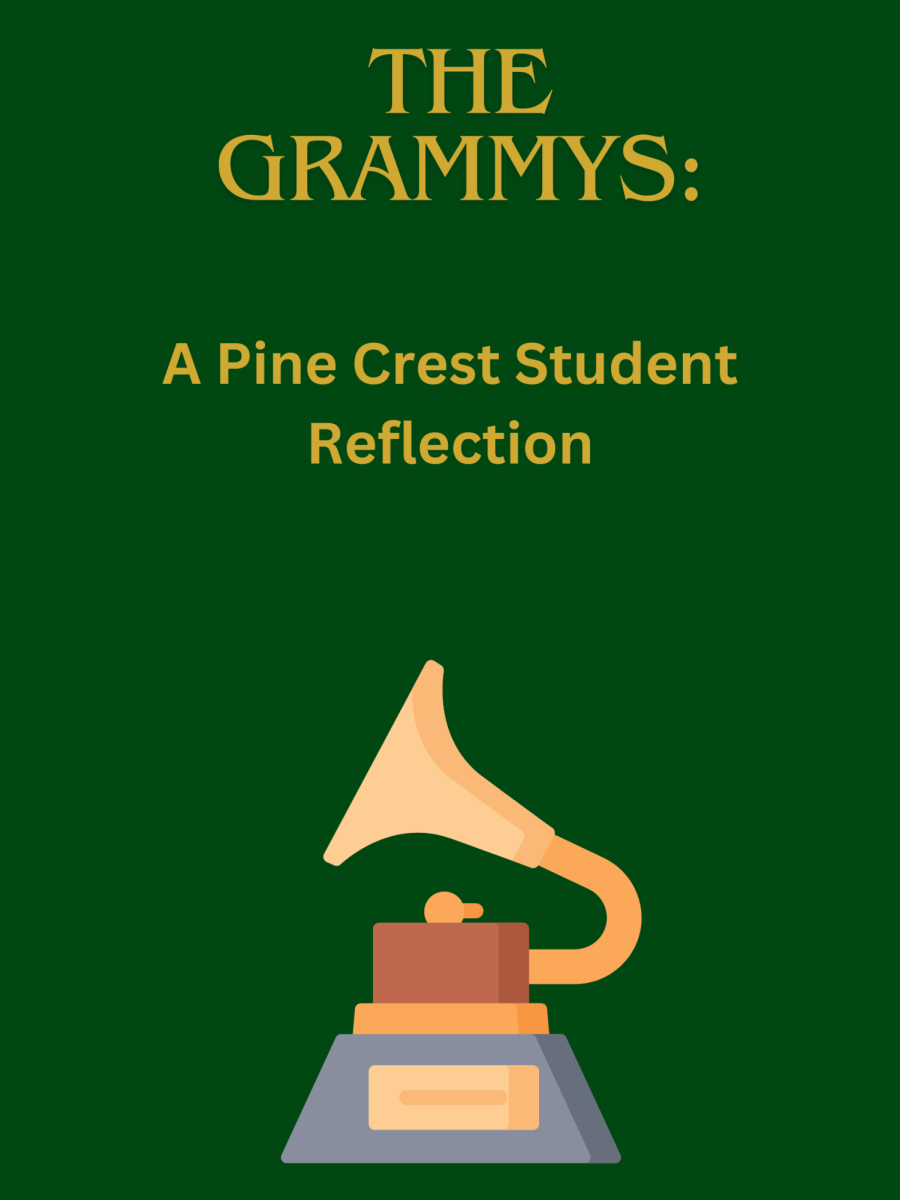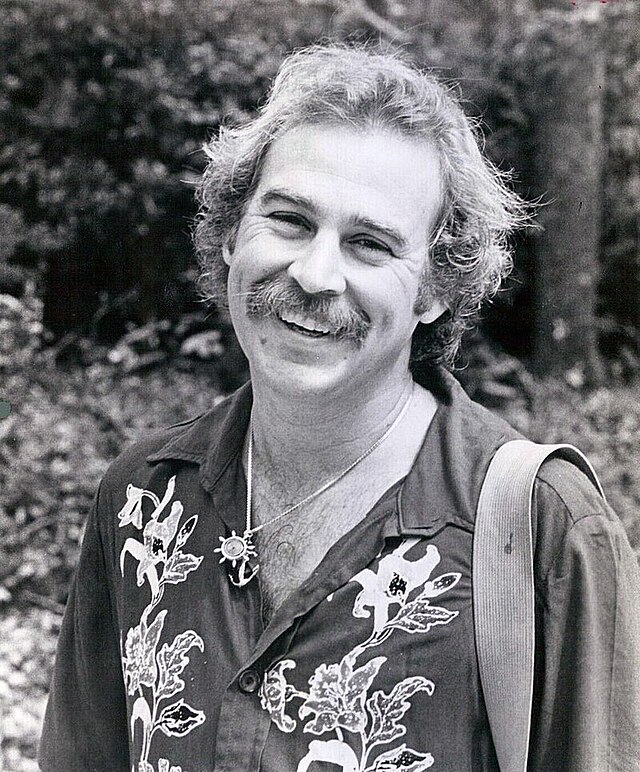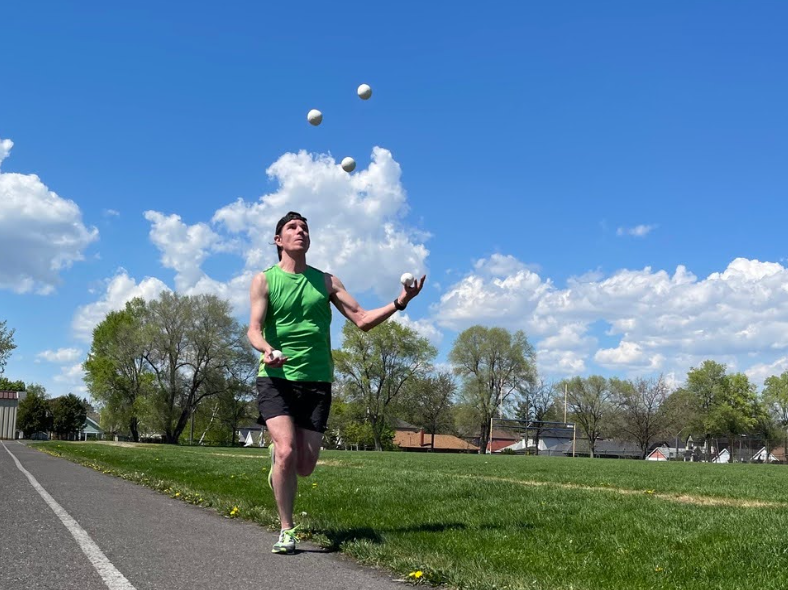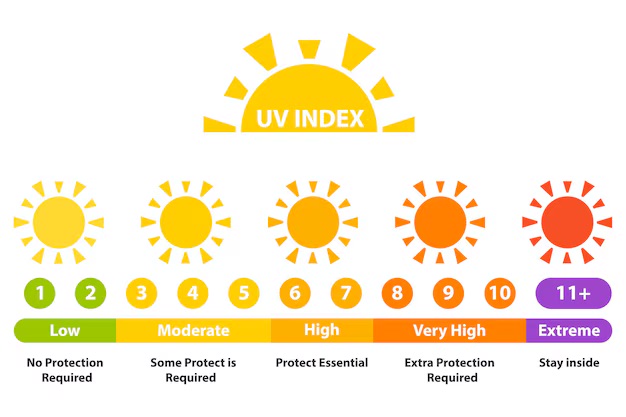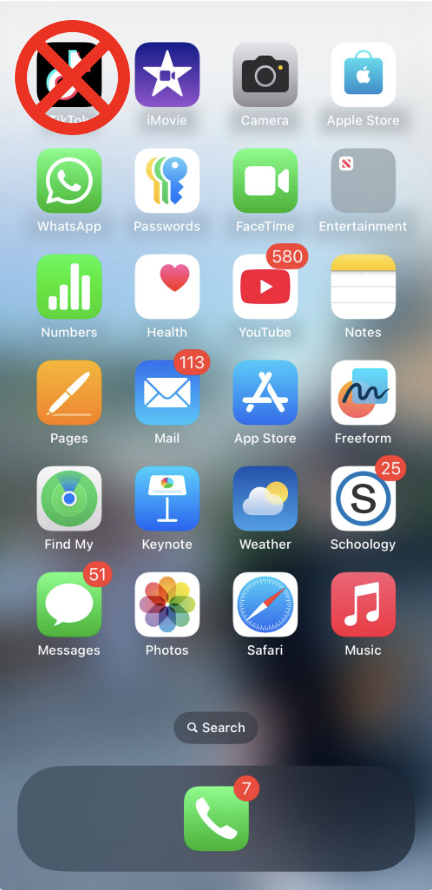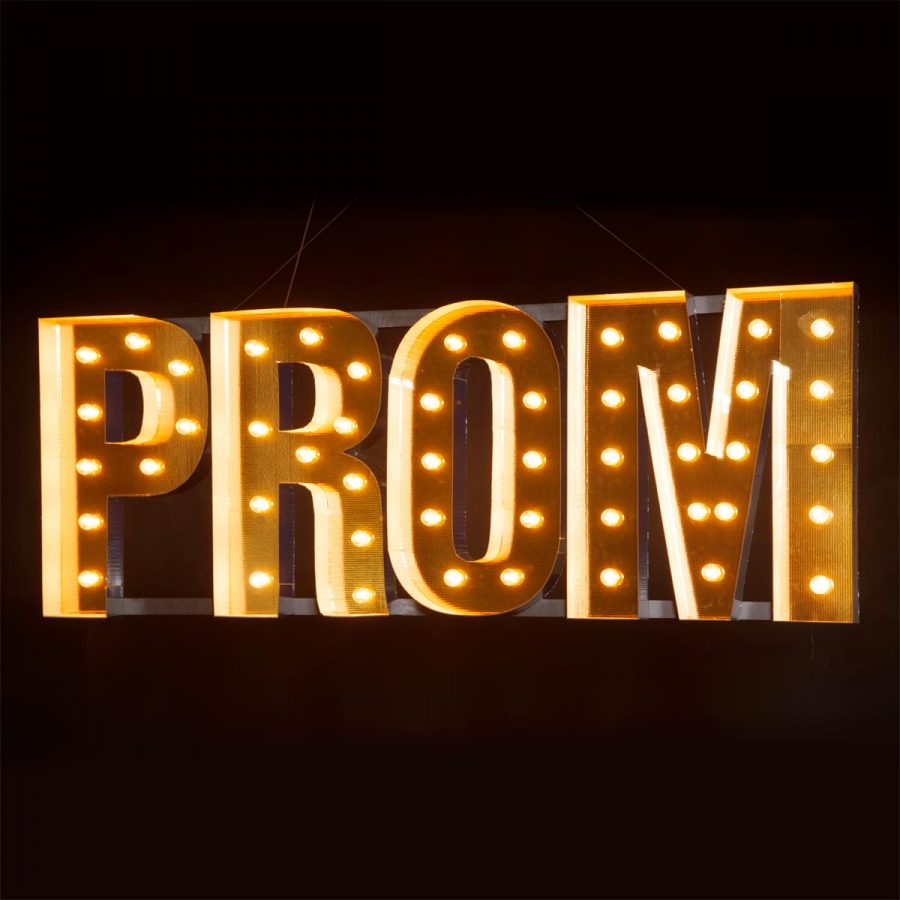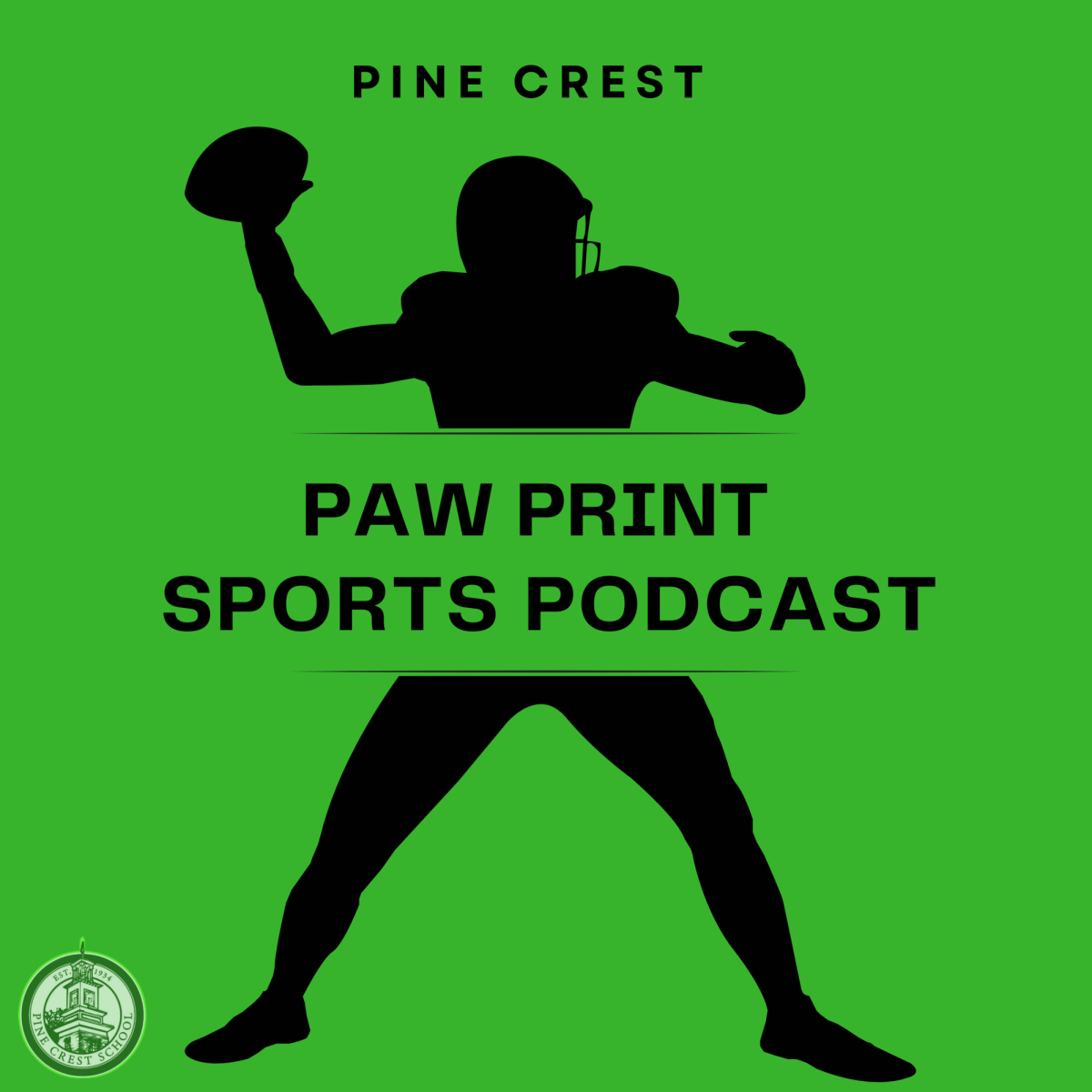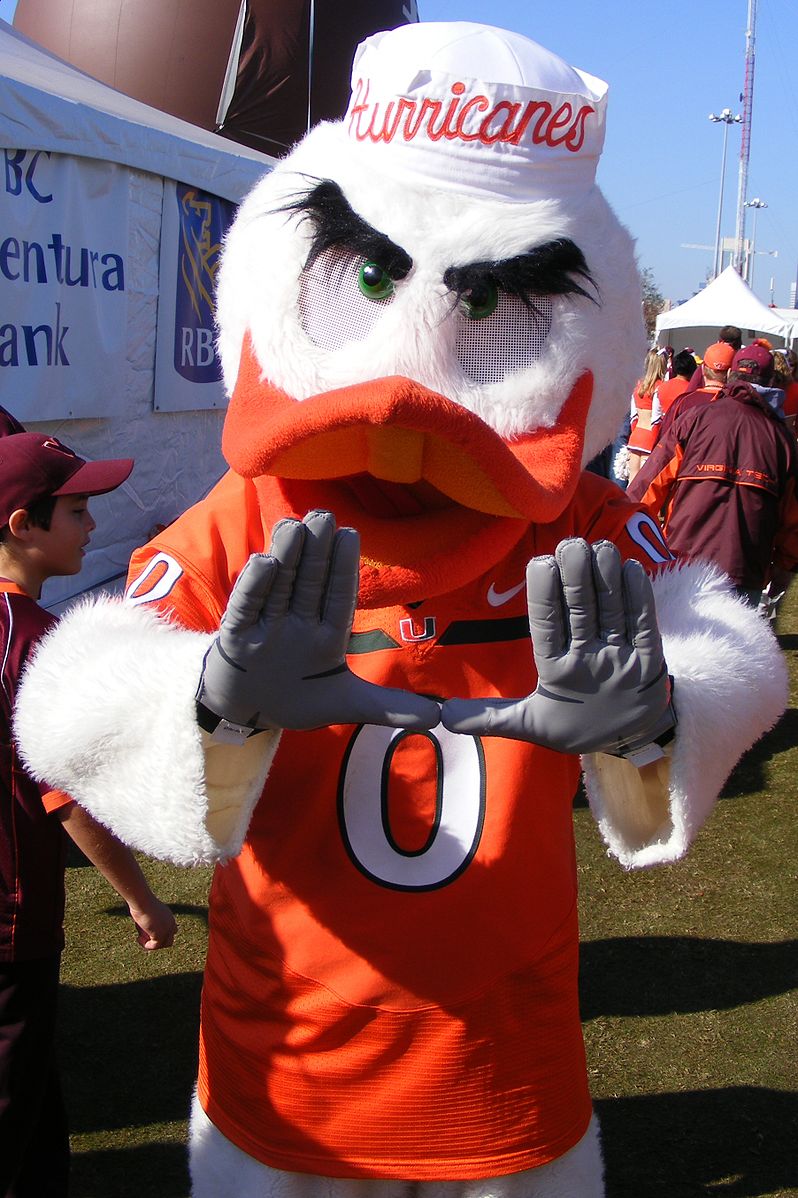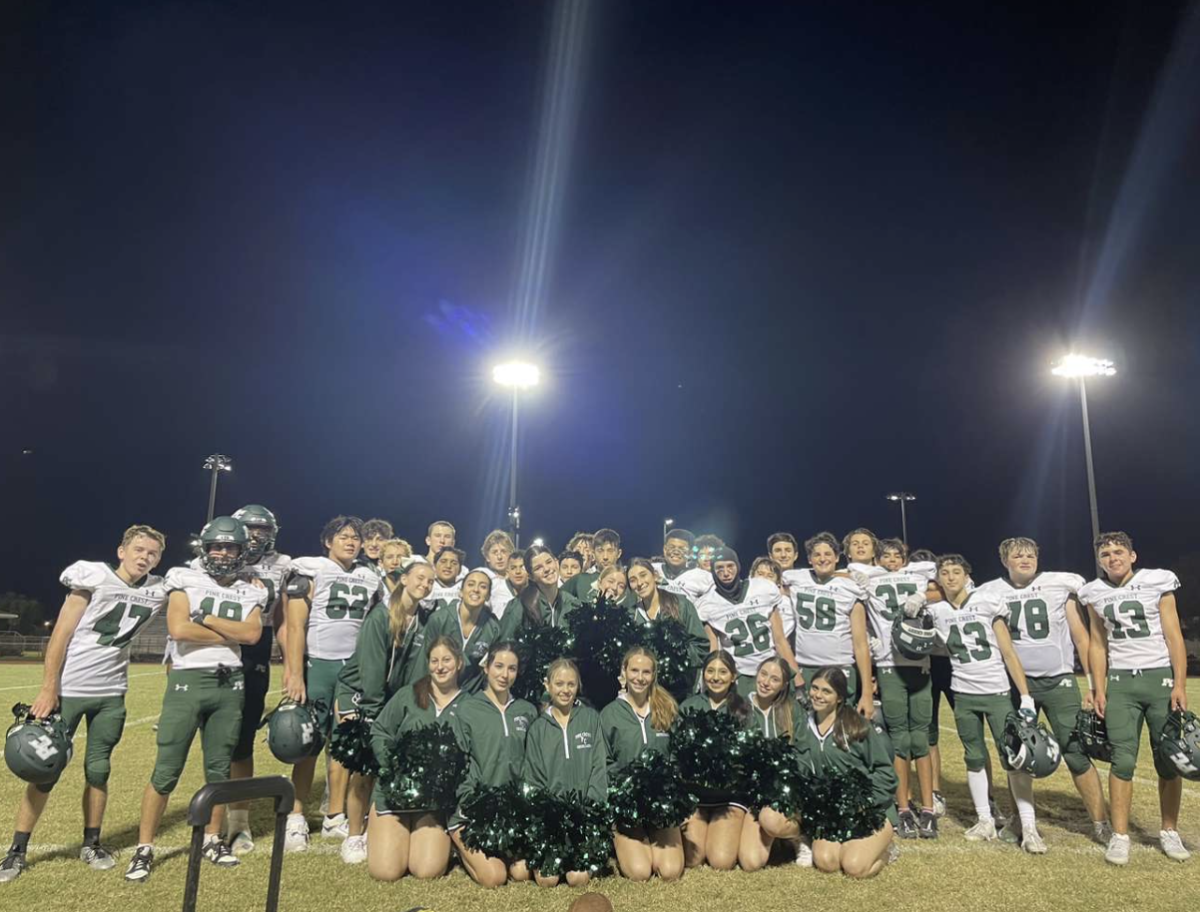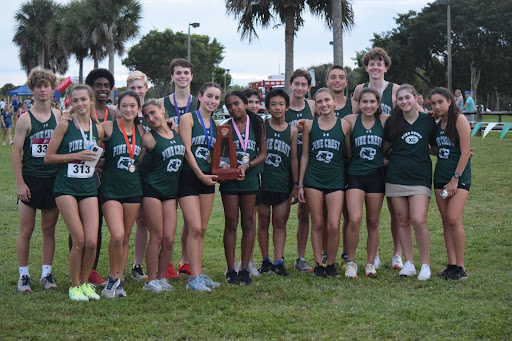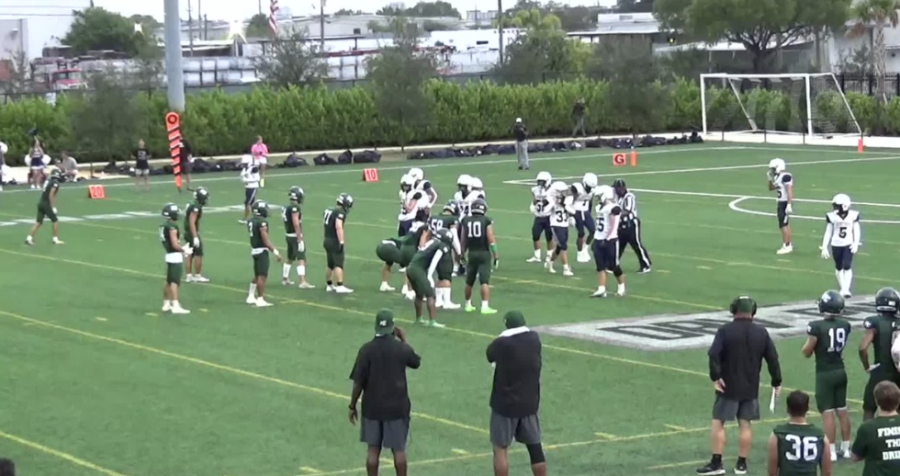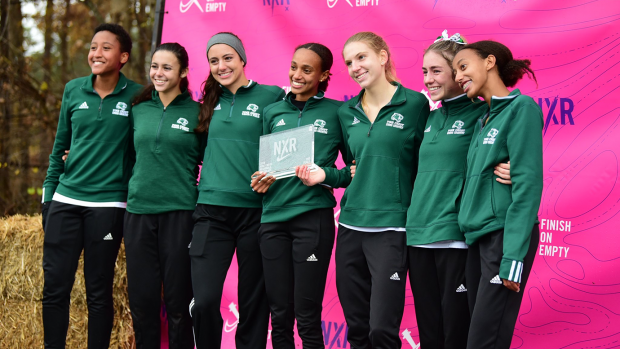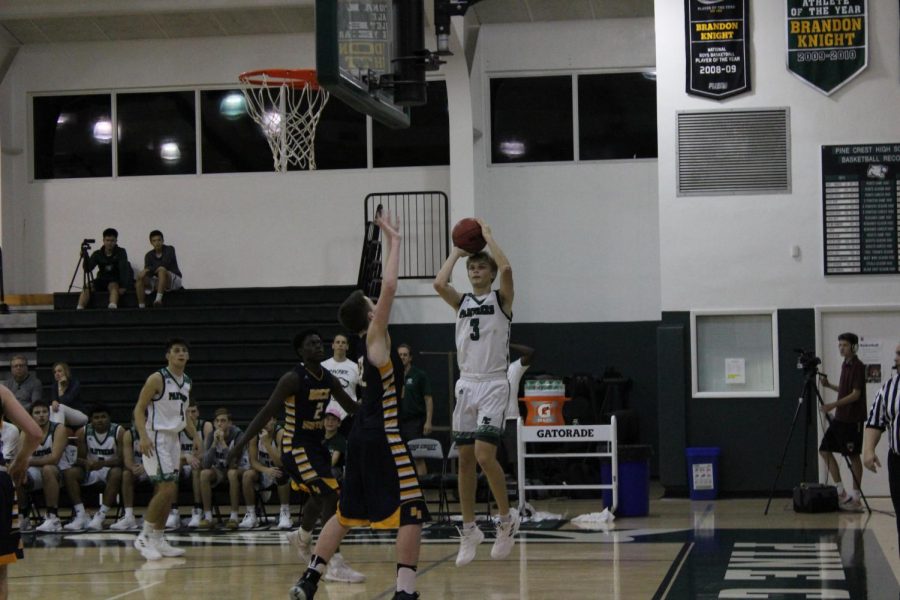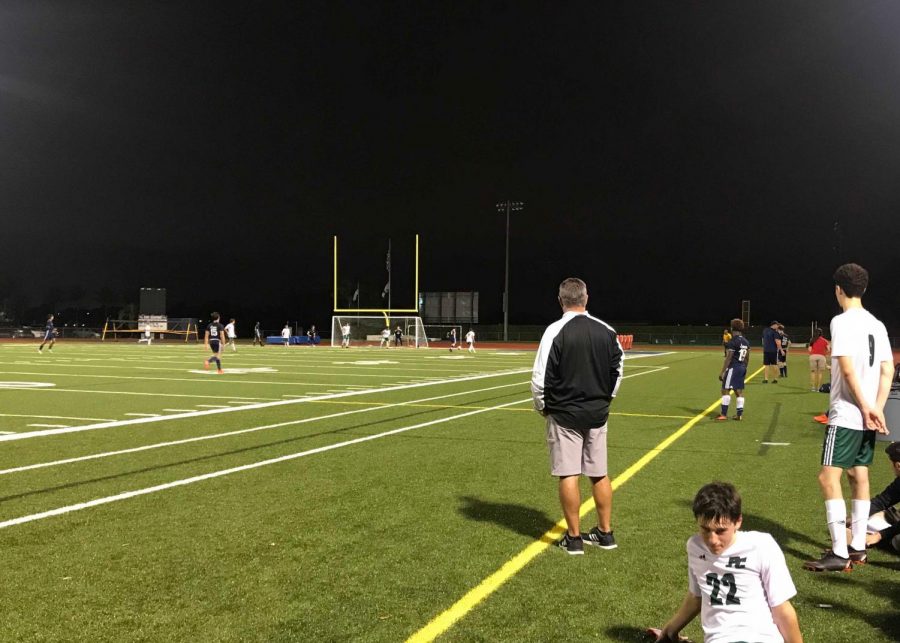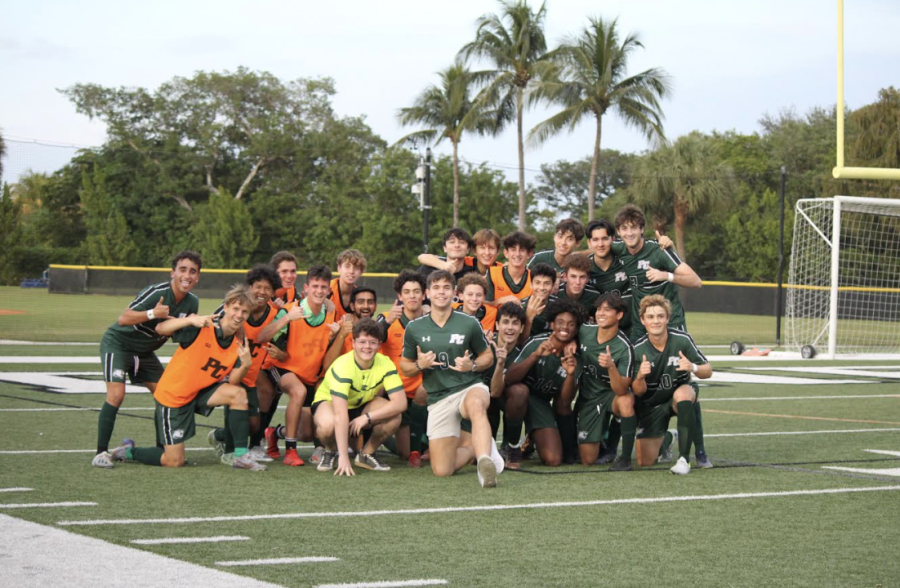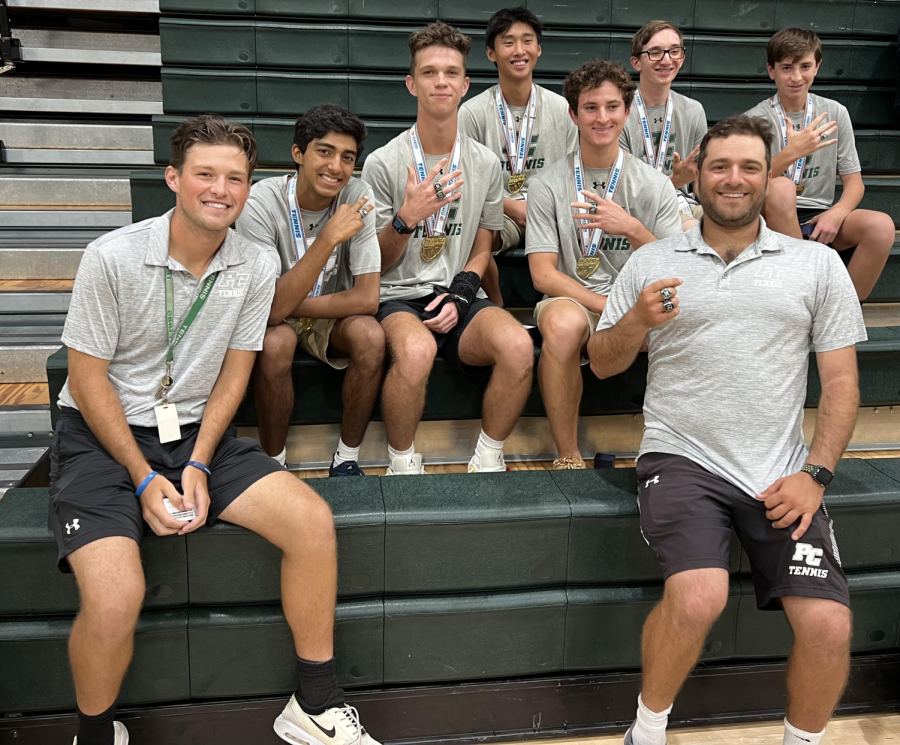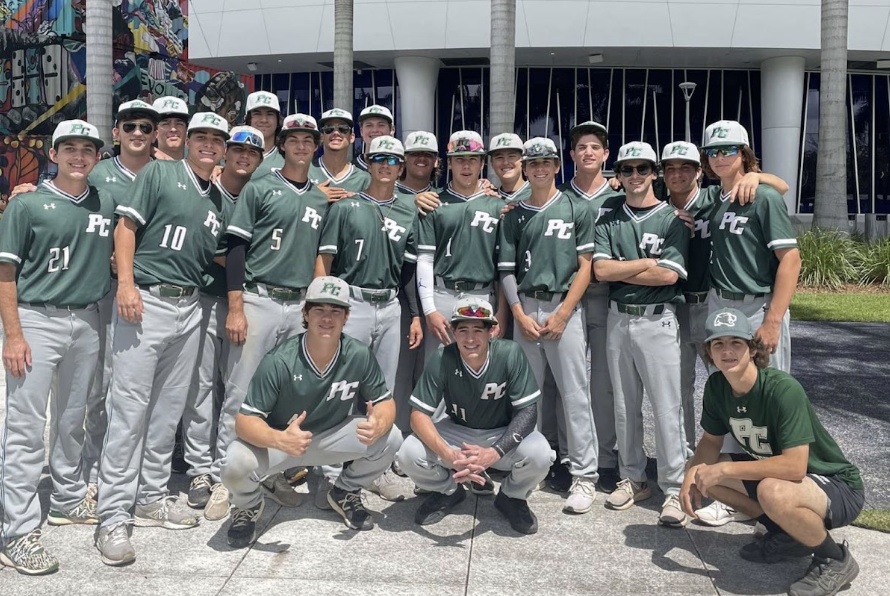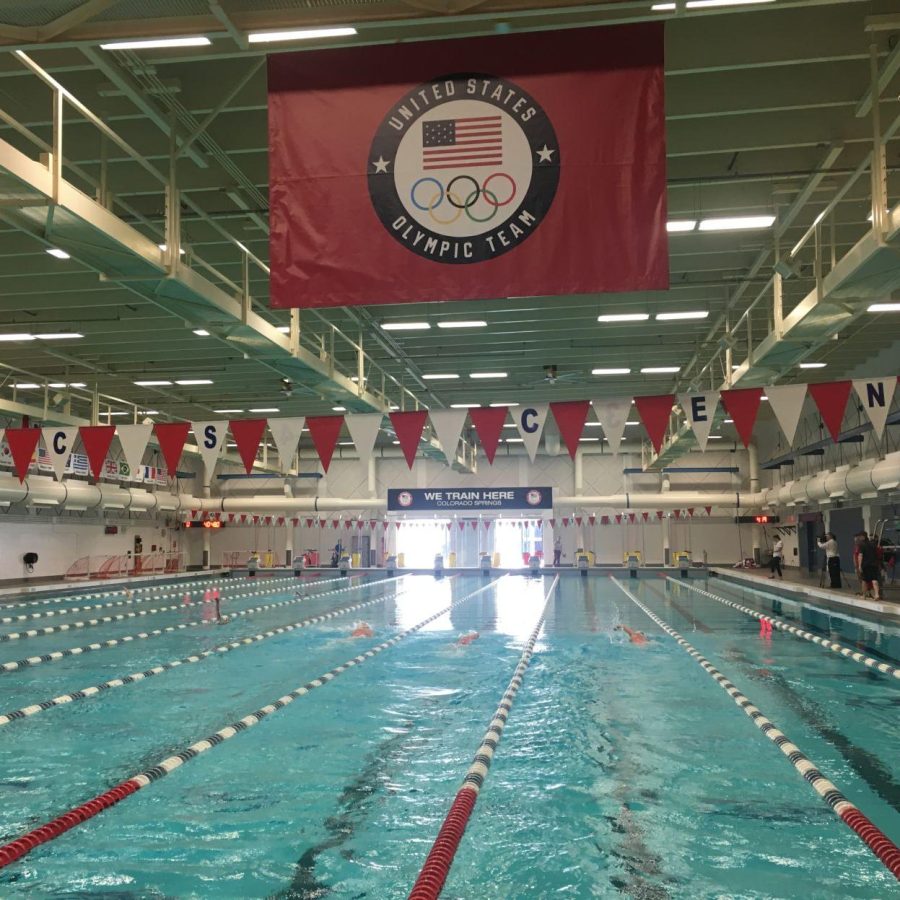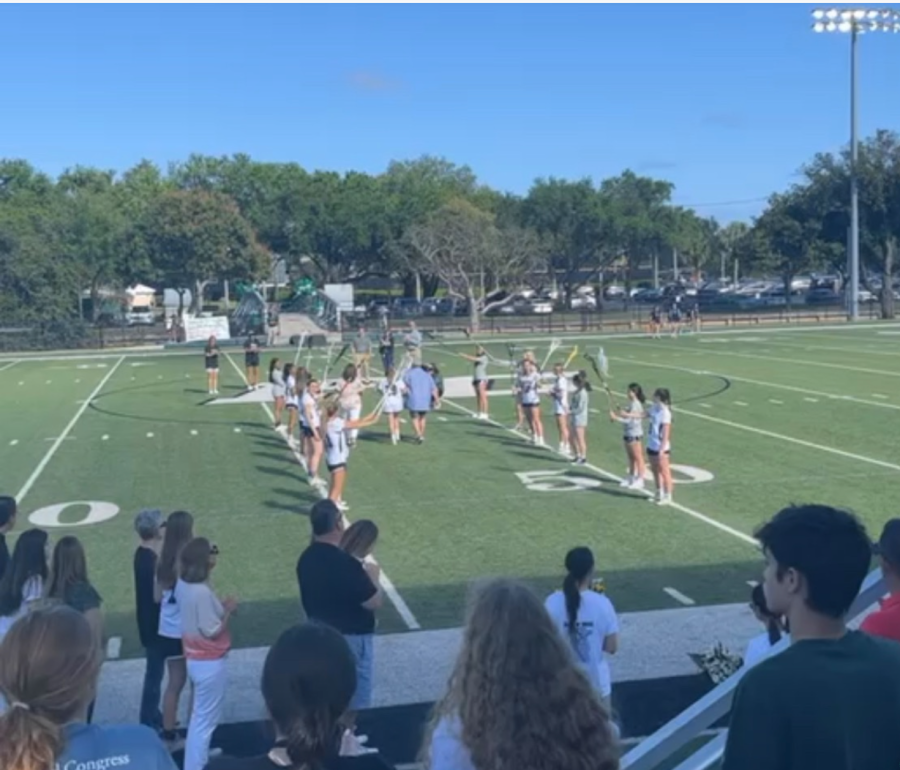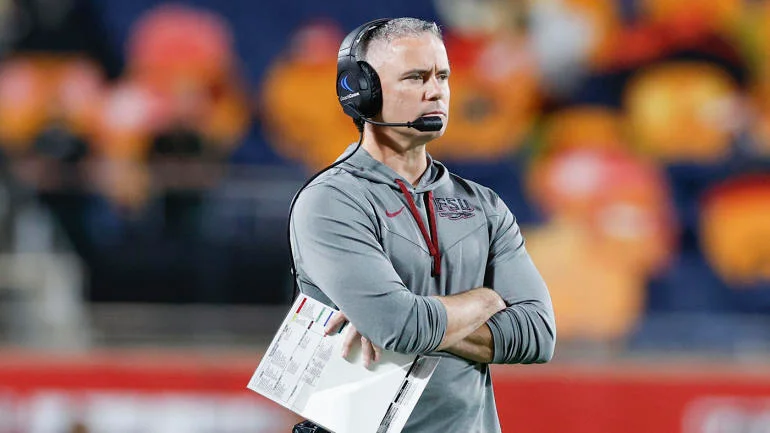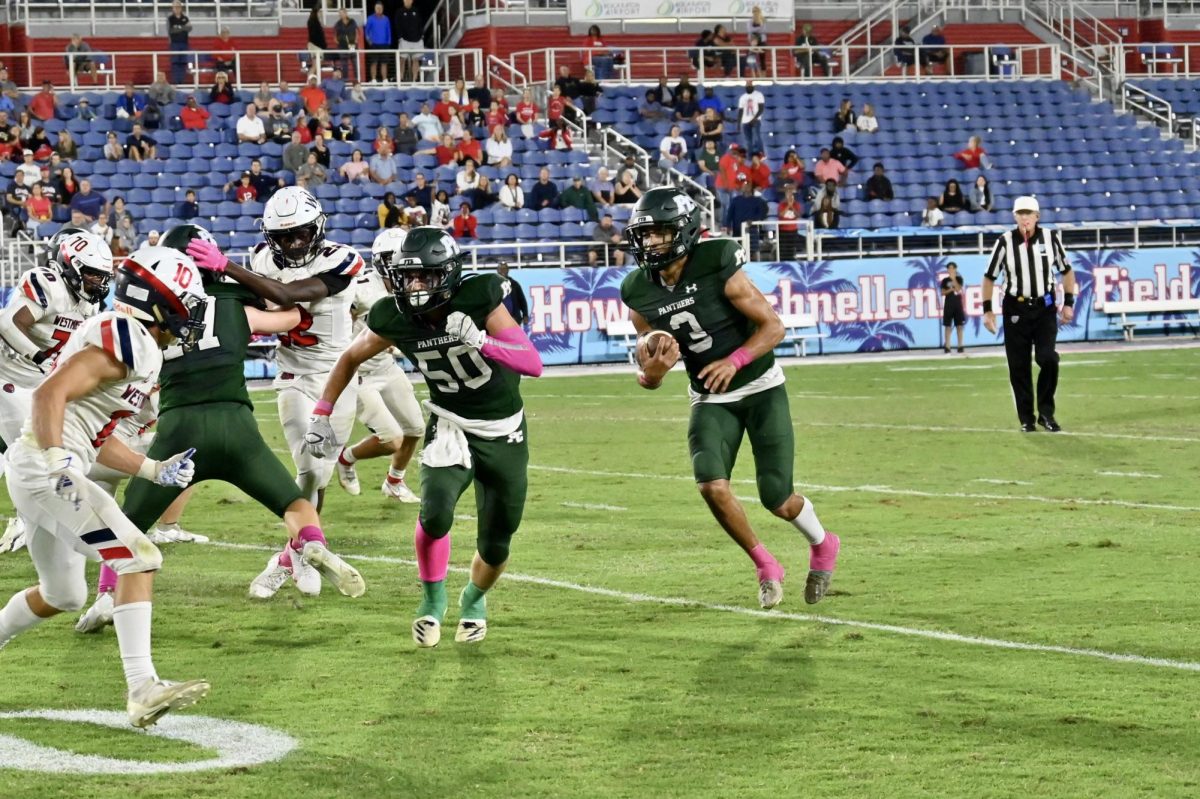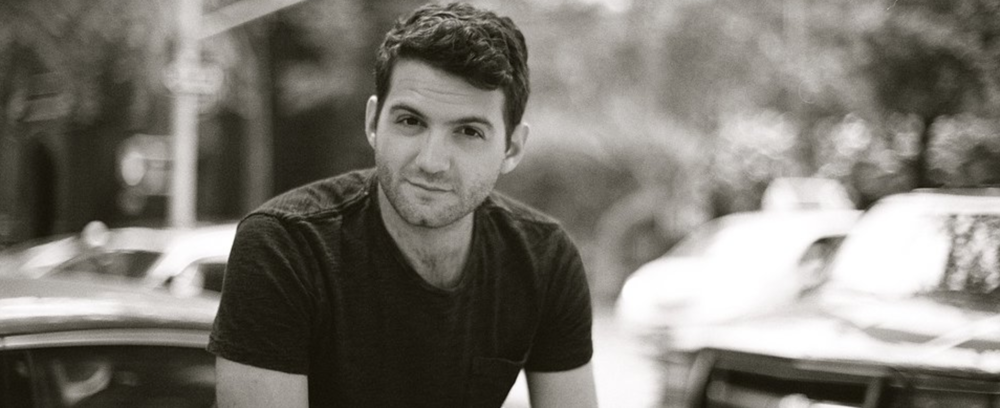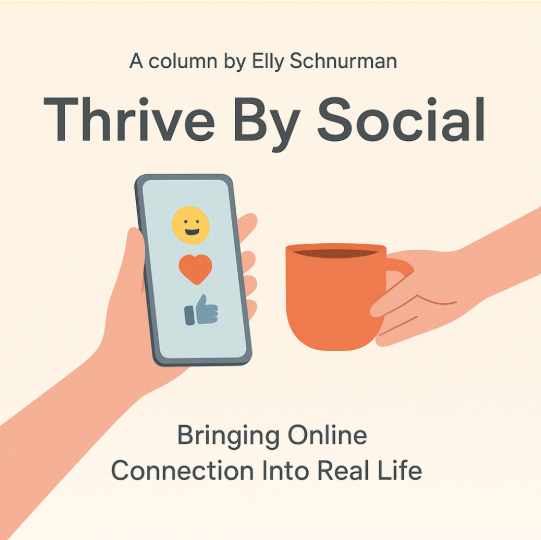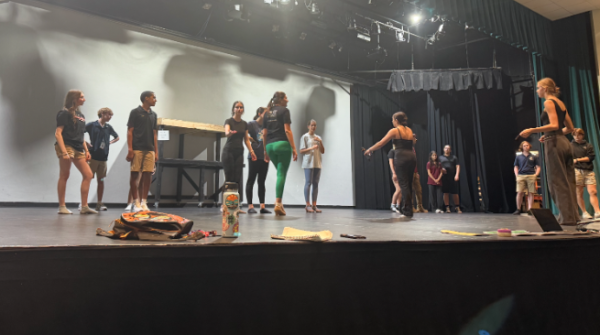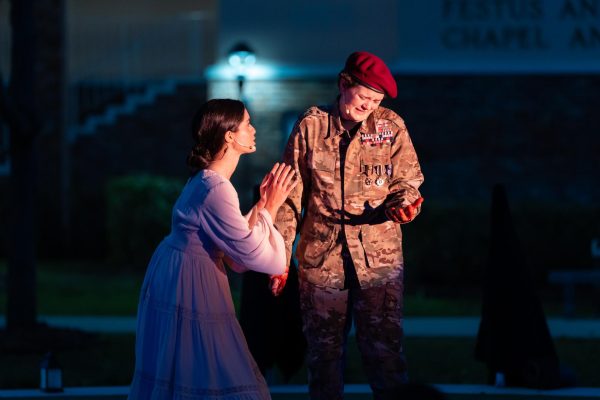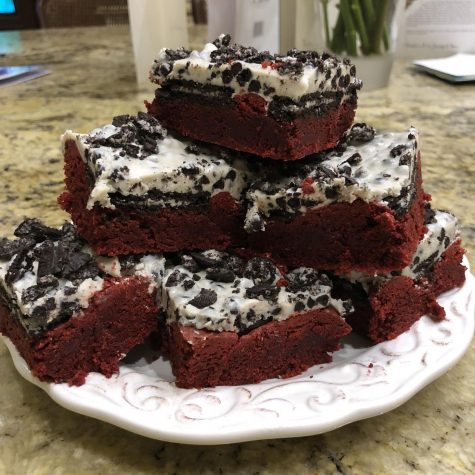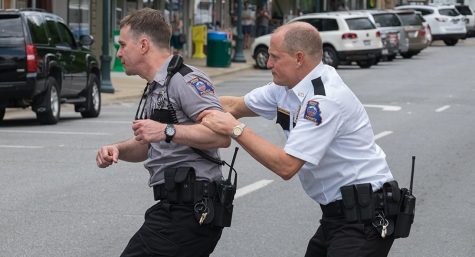Happy Birthday, Kathleen!
On November 12th, 2014, Kathleen Hanna, lead singer of Bikini Kill, Le Tigre, and The Julie Ruin, turned forty-six. In honor of her birthday, here is a brief history of feminist punk, or, in other words, why Riot Grrrl music is the greatest ever.
Hanna was born in Portland, Oregon but grew up mostly in Calverton, Maryland. When she was about nine, her mother took her to a rally to see Gloria Steinem talk; this, Hanna notes, was the beginning of her relationship with feminism. Hanna attended Evergreen State College in Olympia, Washington in the late 1980’s – at this time, Olympia was the center of an evolving breed of punk music, with bands such as Sleater-Kinney, The Melvins, and Soundgarden all haling from the area. She was studying to be a photographer and also worked part time as a dancer in a nightclub to pay for her education. After being faced with the evident sexism of her professors and male peers in response to her work, she began creating spoken word poetry, and eventually formed a band in order to reach more people. After her first band, Amy Carter, and her second, Viva Knievel, she teamed up with guitarist Billy Karren, drummer Tobi Vail, and bassist Kathi Wilcox to form Bikini Kill.
On their now-famous song, Thurston Hearts the Who1, the girls scream with voices dripping in condescension, “Bikini Kill are activists, not musicians.” While the line was transplanted from a negative review of the band, it illuminates something incredible about what Bikini Kill was doing. Kathleen wore her jet-black hair much like how a child would, with pink bows and barrettes, with marker-drawn words across her stomach proclaiming insults the crowd would yell at her. At the beginning of each live show, she would take charge of the microphone and demand that all the girls in the room move to the front, a reaction against the trend of male dominated mosh pits at most punk shows which prevented women from ever experiencing a show close up. Kathleen had a high-pitched valley girl voice, an affinity for stopping a show to single out a guy in the audience if she noticed he was acting disrespectful, and was completely and totally in charge of every inch of herself. While not everyone appreciated their work, it was undeniable that Bikini Kill was changing the landscape of music.
As Bikini Kill gained more and more notoriety, they continued to branch out into new platforms to educate women about their abilities and create a safe space for women to share their stories. Riot Grrrl, which has become the name associated with the entire genre of feminist punk music, was originally a zine2 project started by members of the band. Bikini Kill helped pave the way for the feminist punk movement in London and also popular American bands like Nirvana3. Most importantly, they started a conversation about sexism in a world where sexism was supposed to have been eradicated already.
Bikini Kill falls under the category of “Music I Can’t Play With Other People In The Car.” Usually, as soon as I put it on, my unsuspecting passengers cry, cover their ears, and protest the harsh sounds exemplified by the straight thirty seconds of shrill screams over a creepy rendition of “Give Peace a Chance” on Liar Liar. However, Riot Grrrl music does not present itself positively immediately, and arguably similar to many women I know and love, requires some investment to understand. Hanna’s lyrics are directly influenced by her involvement with spoken word, and each song sounds like a spoken word poem set to harsh, cacophonous instrumentals. Bikini Kill was one of the first, if not the first, punk bands to identify as a feminist band, and Hanna’s songs address emotions specific to being a woman, from feeling alienated by mainstream patriarchal culture (“White Boy”) to having a massive friend-crush on a cool girl (“Rebel Girl”). The songs are angry, bold, and unapologetic. Similar to me singing in my car, they cared less about how polished they sounded, and more about the emotions they expressed. The songs are made to sing along to, each syllable offering a powerful catharsis of rage and anxiety allowing me to channel Hanna’s confidence when I am livid or heartbroken or terrified. The catch to this, however, is that in order to sing along, one must take the time to truly listen to and learn the words.
Since being in Bikini Kill, Kathleen Hanna has formed two bands, Le Tigre and The Julie Ruin, and has been the subject of a recent documentary called The Punk Singer. The implications of Bikini Kill’s work can be seen everywhere from Miley Cyrus’ on-stage antics to the creation of zines like the online magazine for girls, Rookie. As we continue to open the conversation about difficult societal topics, I thank Kathleen Hanna for her courage and persistence in the face of so many people telling her she wasn’t good enough. Happy Birthday!
1This song is actually mostly Molly Neuman of another band, Bratmobile, reading a Thurston Moore (of band Sonic Youth)-penned article critiquing Bikini Kill, while Kathleen plays drums. Bratmobile is also, incidentally, the name of my car.
2A zine is a do-it-yourself, self-published magazine, and can be about anything a person is passionate about.
3Hanna was very good friends with Nirvana’s Kurt Cobain, and one night spray painted “Kurt Smells Like Teen Spirit” (Teen Spirit being a popular brand of deodorant) on his wall. This joke inspired the now-famous Nirvana hit, “Smells Like Teen Spirit.”
Sources:

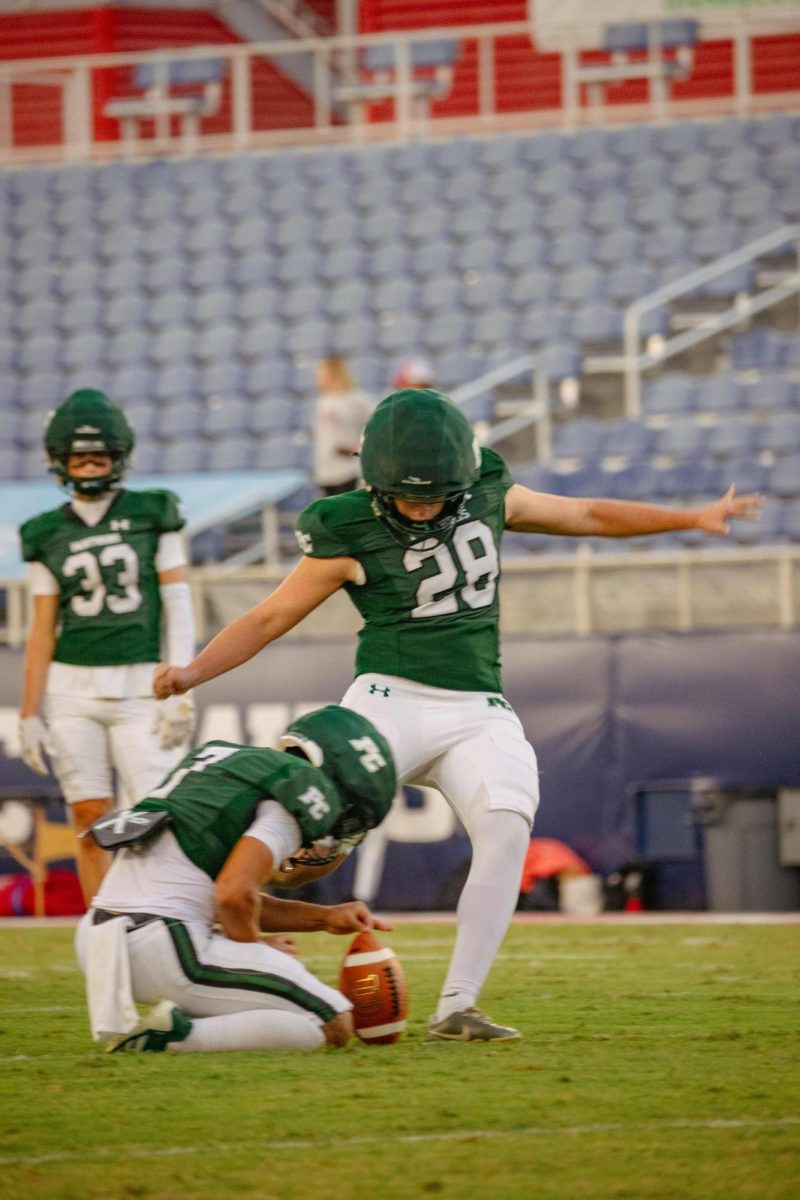

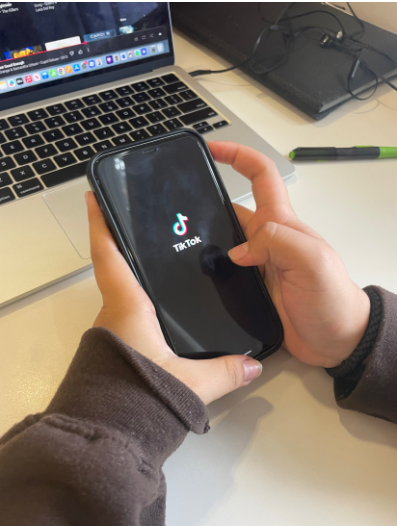
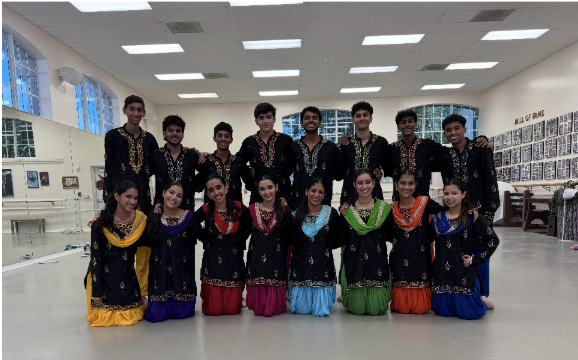
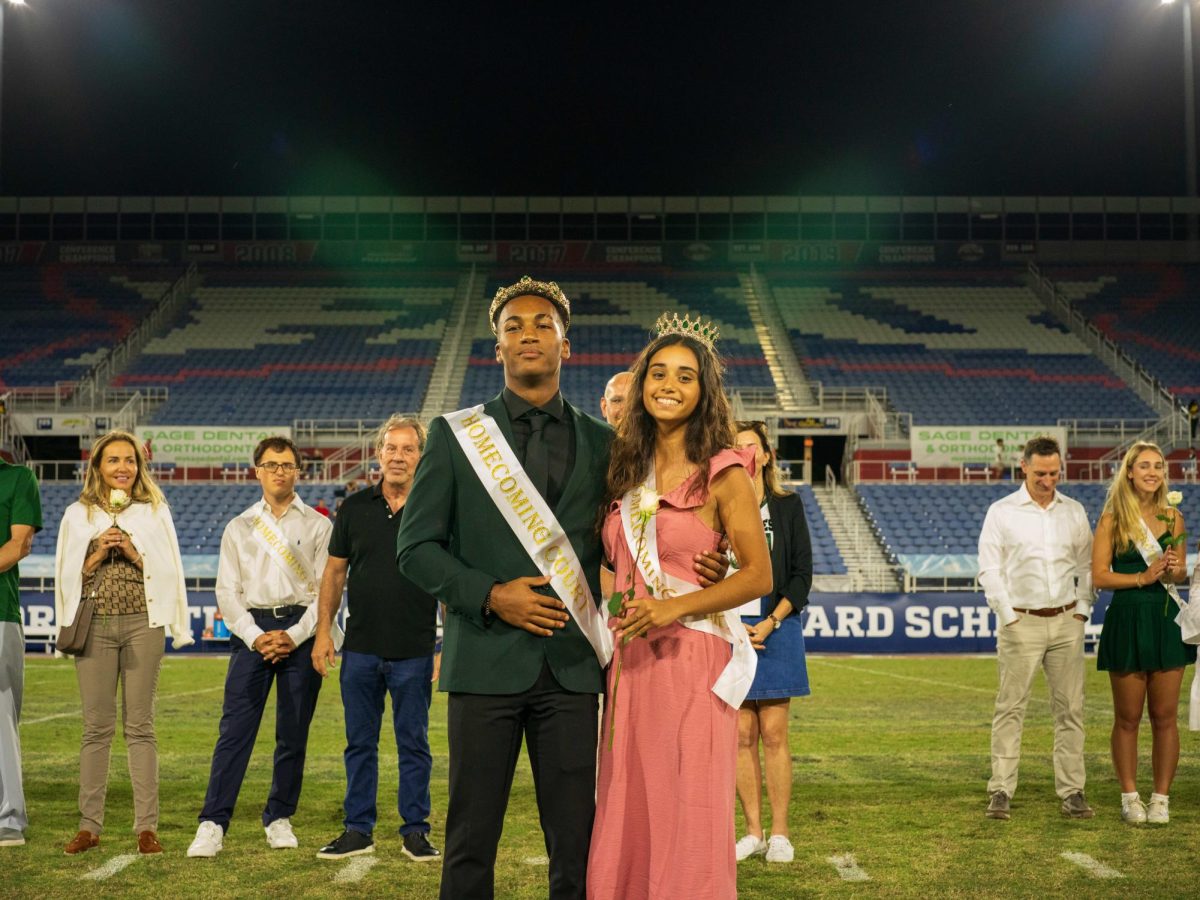
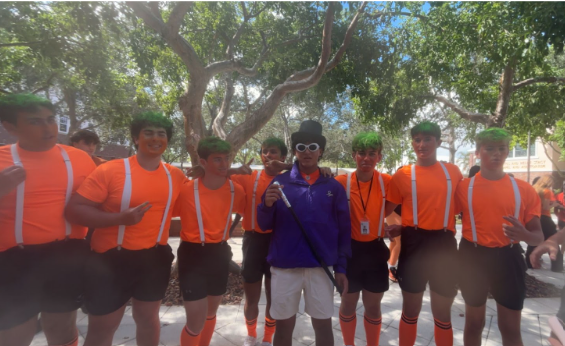
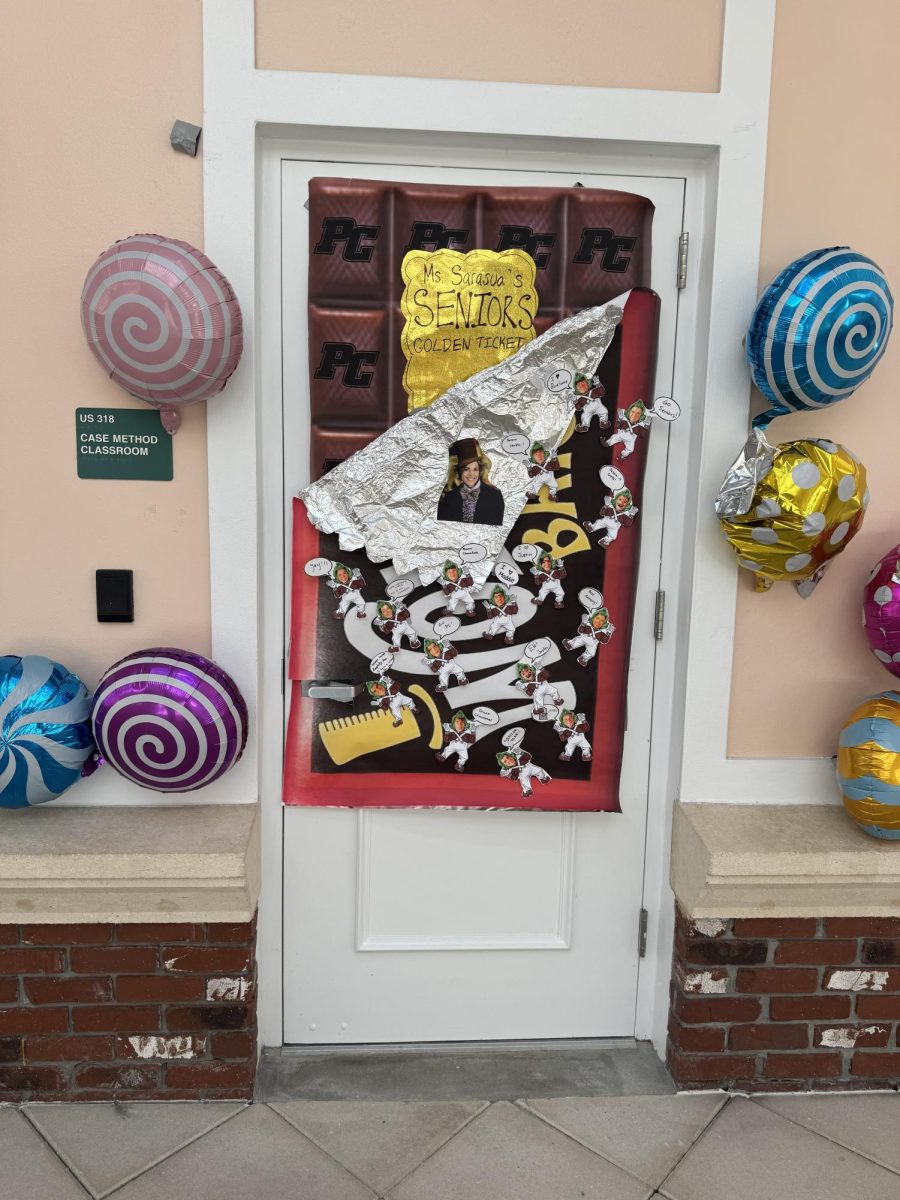
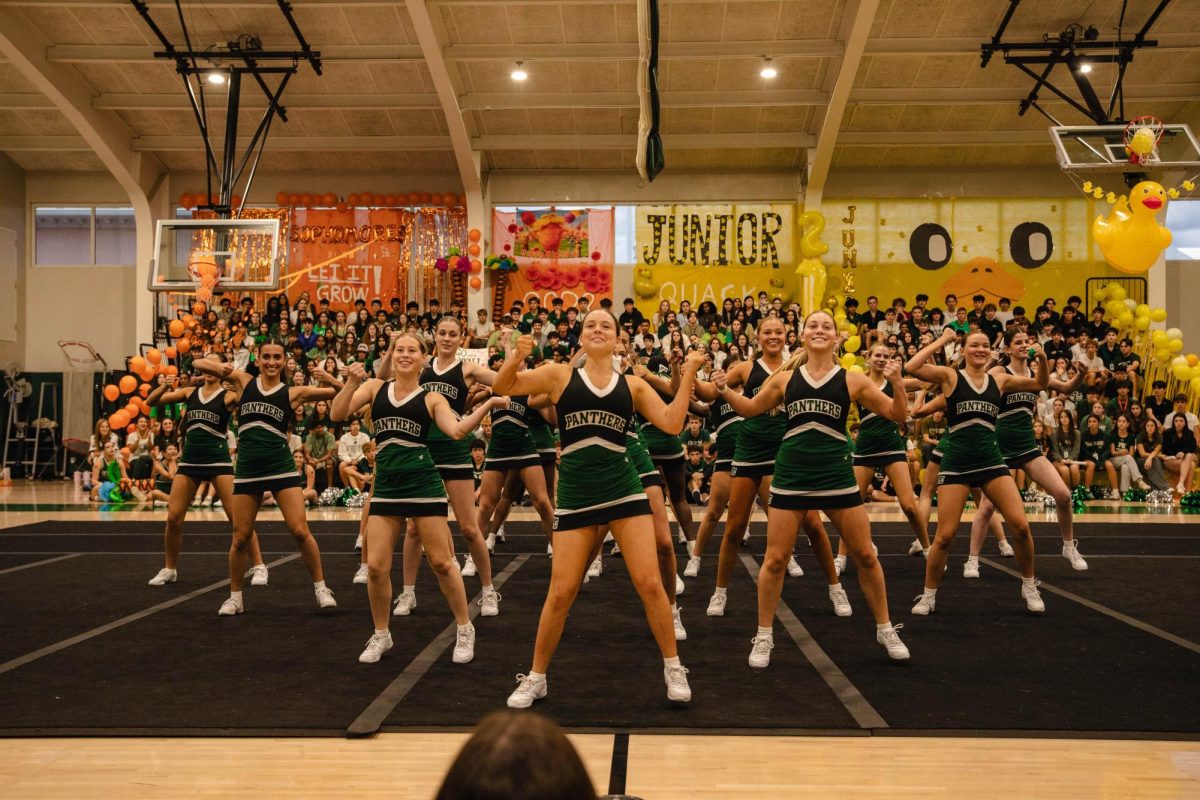
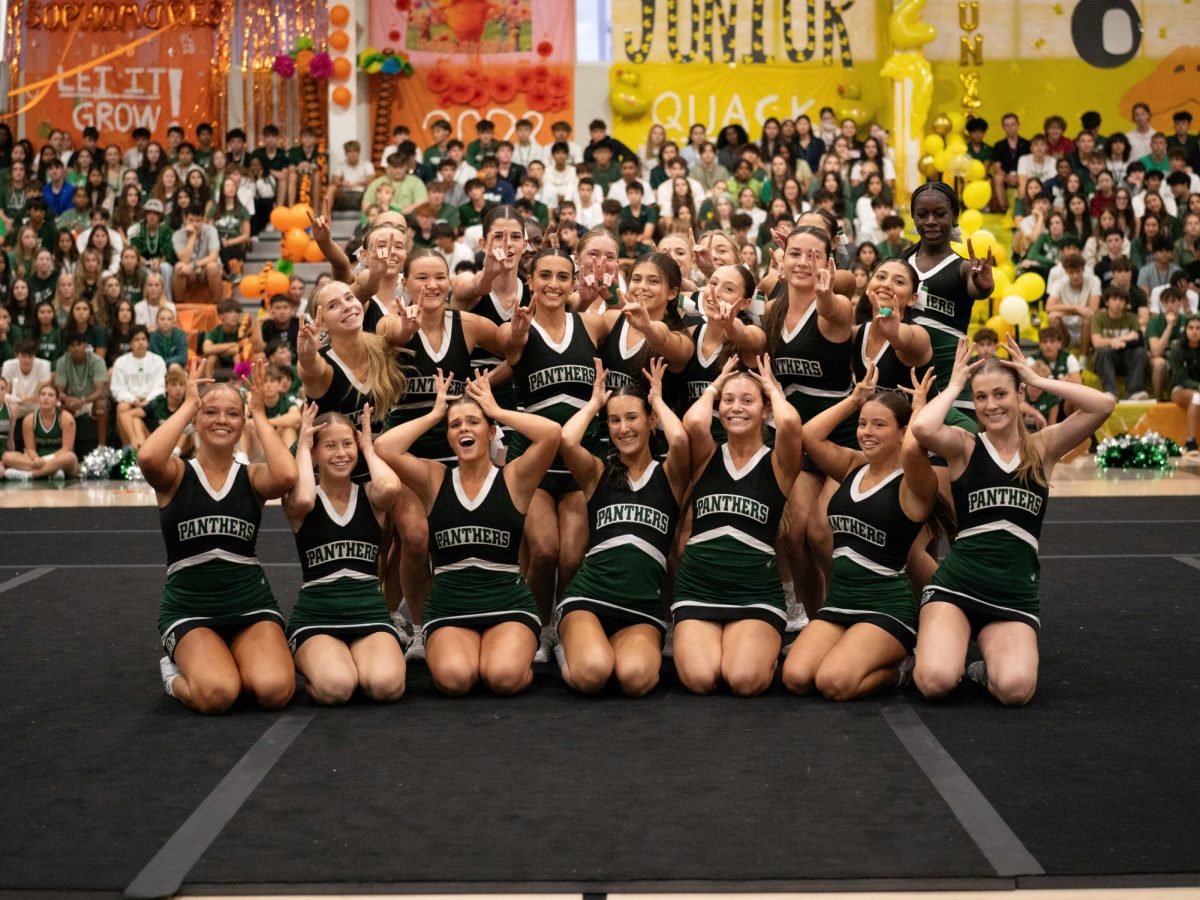
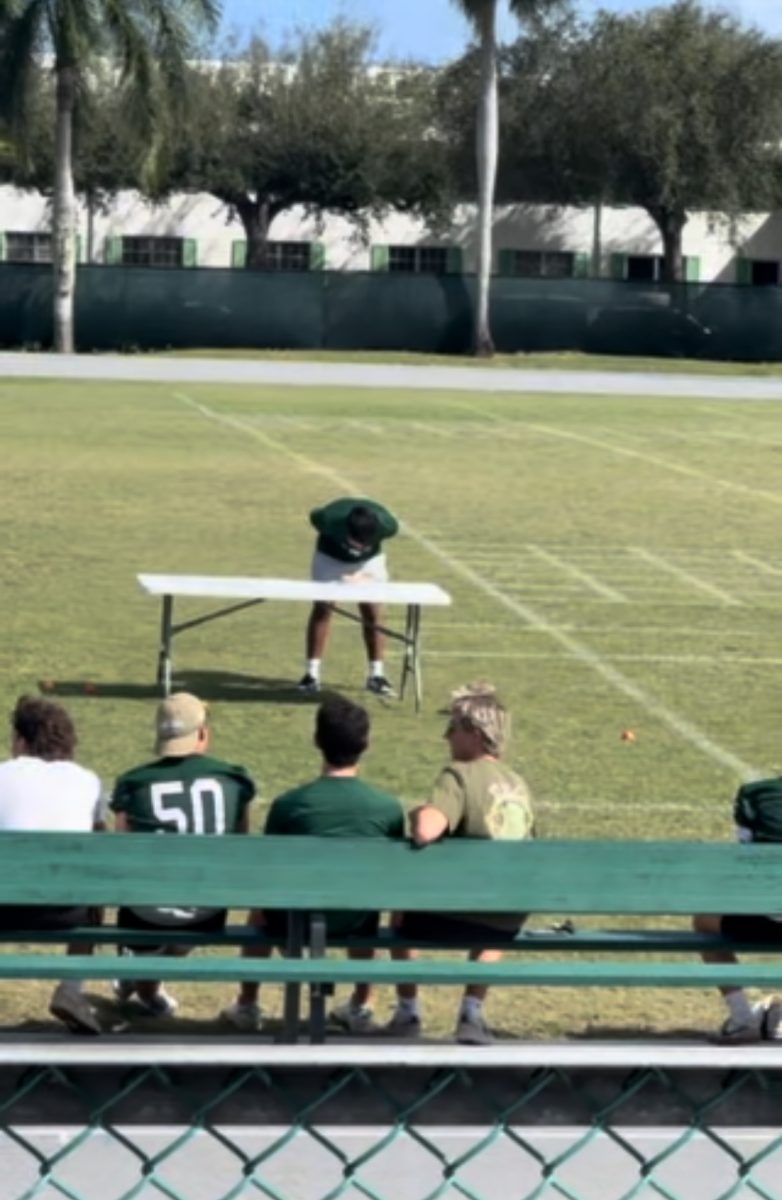

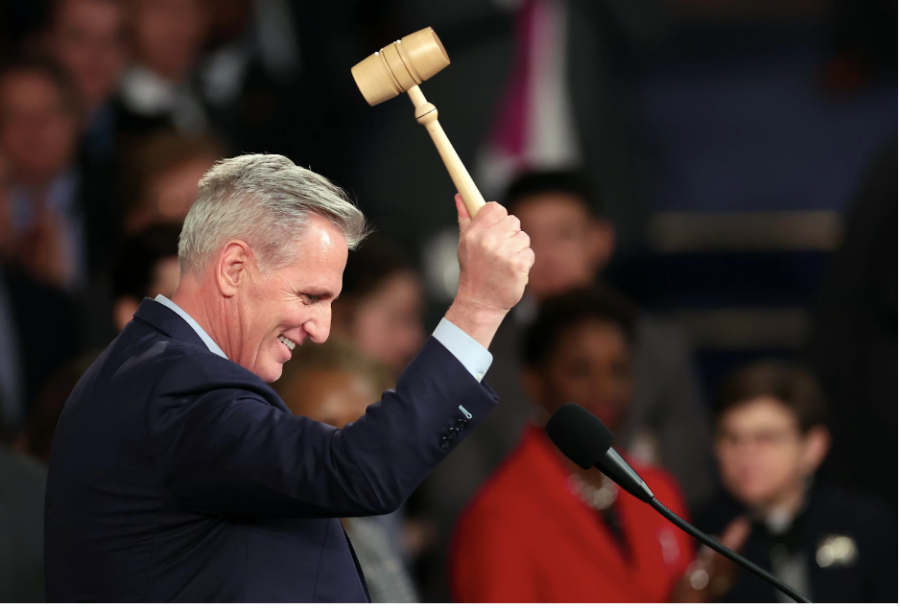


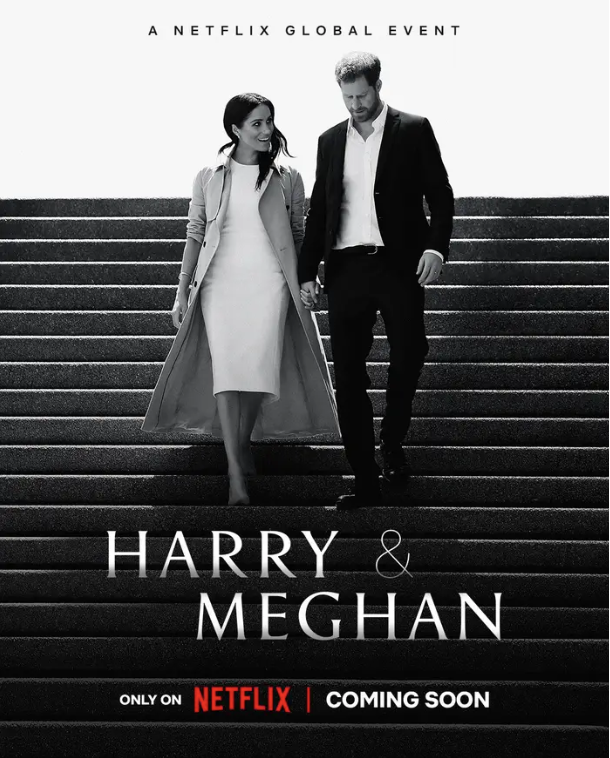




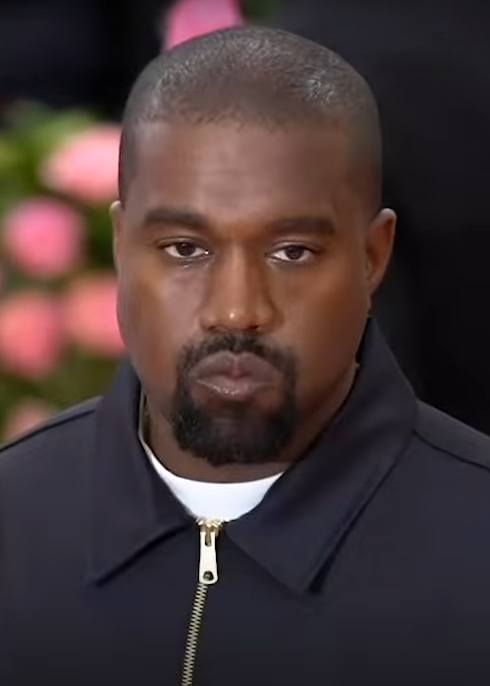

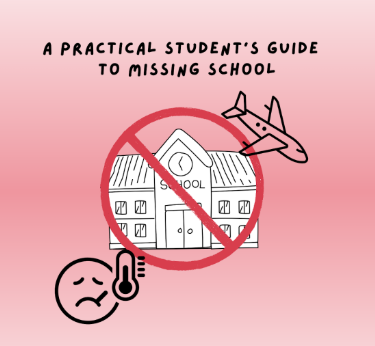
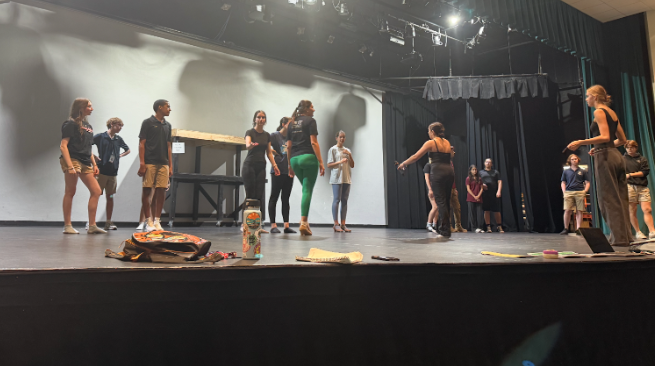

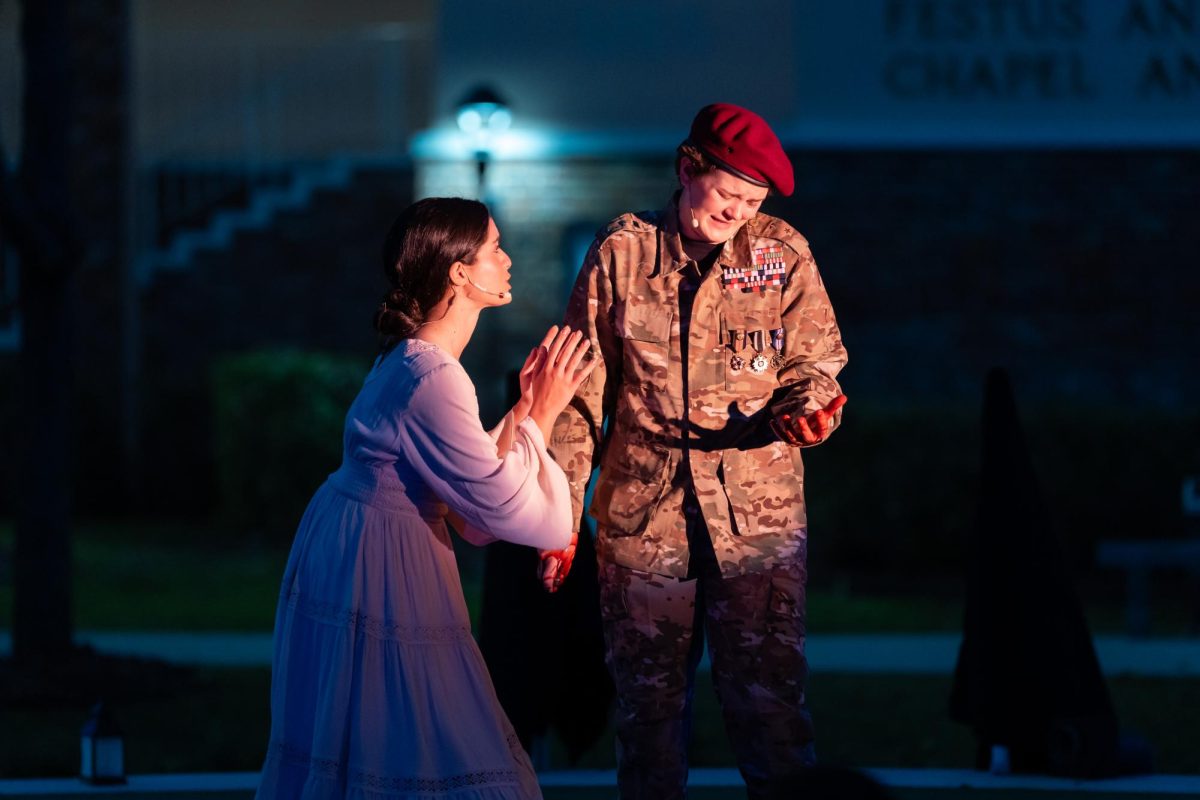

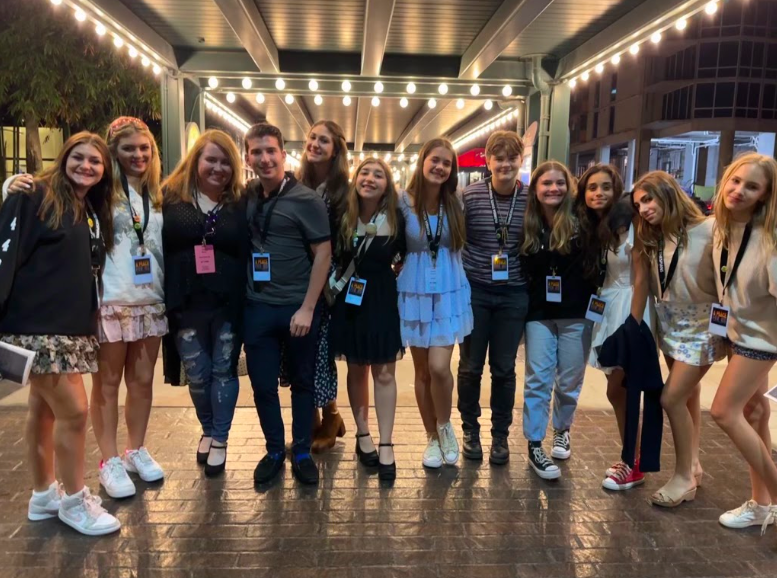
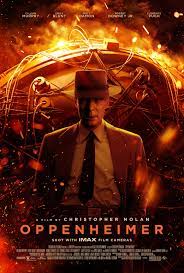

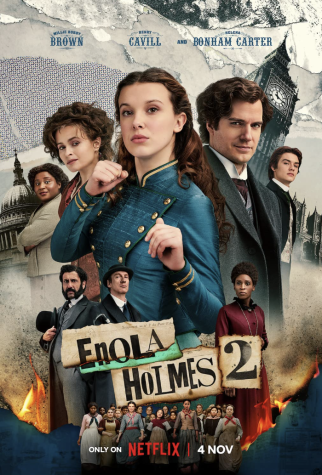

![Stranger Things 4: What to Expect [Warning: Contains Spoilers]](https://pcpawprint.com/wp-content/uploads/2021/11/StrangerThings4-900x473.jpeg)
